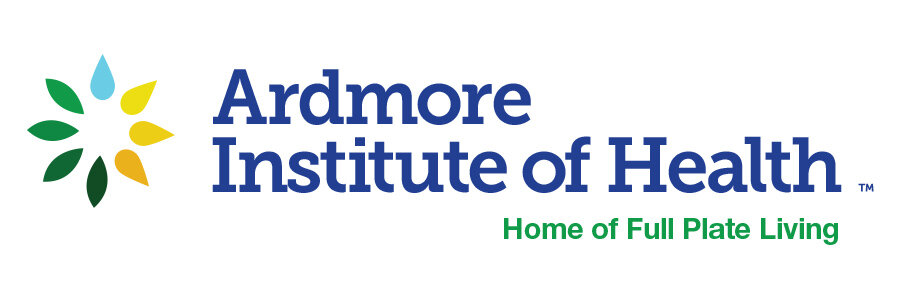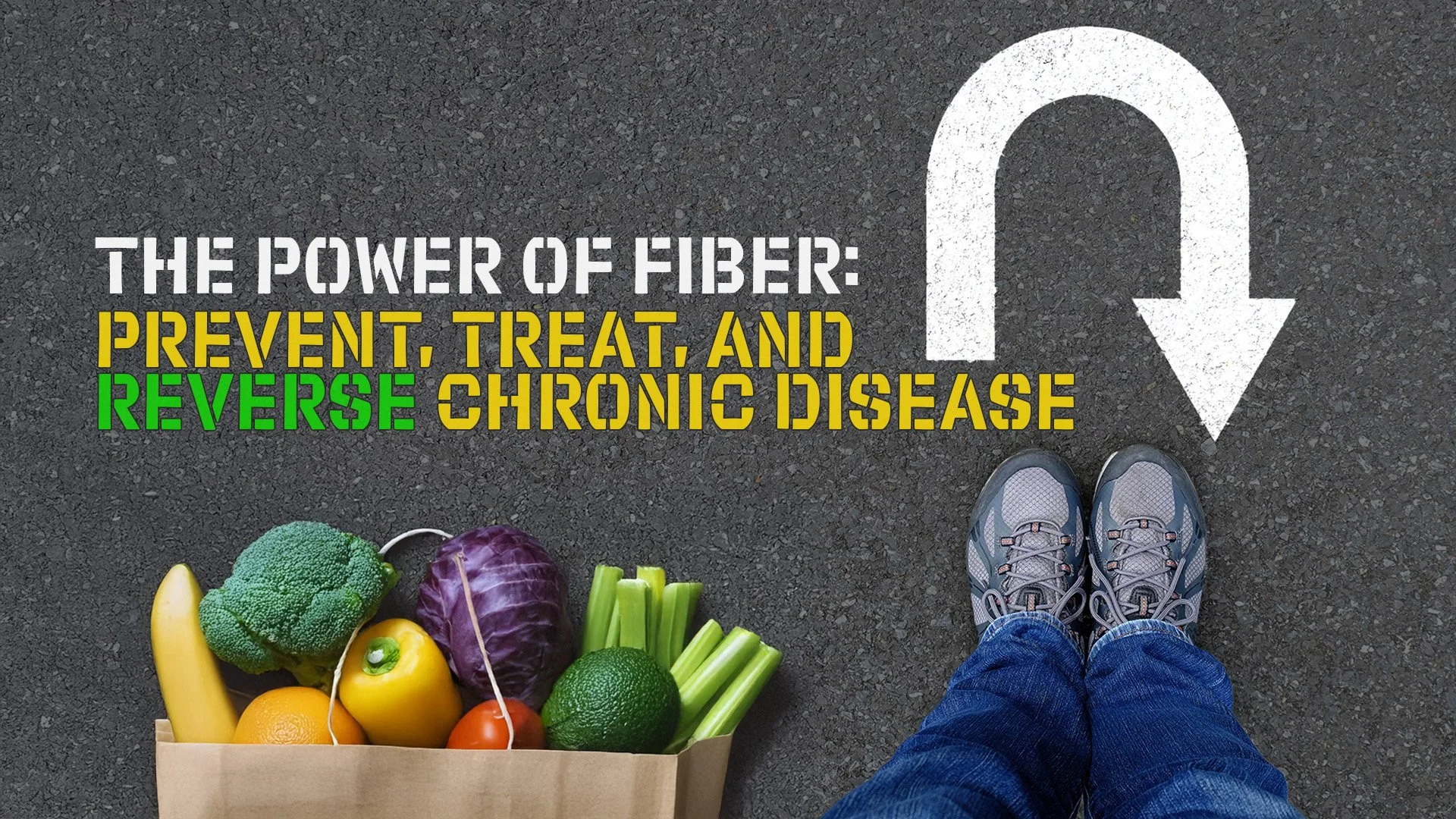The Power of Fiber: Prevent, Treat, and Reverse Chronic Disease
Approximately half of all adults in the United States live with chronic disease such as obesity, diabetes, and heart disease. Despite spending more on healthcare than any other high-income country, the US faces a significant health and societal crisis that demands effective, evidence-based solutions. Amidst the overwhelming noise around various treatments, health trends and diets, and quick fixes, there is a powerful, often overlooked solution: fiber.
At Ardmore Institute of Health (AIH), we are delighted to see more mentions of fiber in the media, and in honor of Chronic Disease Day, we are pleased to offer a detailed overview of fiber's essential role in health and chronic disease prevention, treatment, and even reversal.
What exactly is fiber?
Dietary fiber is the part of plant foods that is not broken down by the body during digestion. Instead, it passes to the intestine where it is fermented by gut bacteria. There are two main types of fiber, soluble fiber which dissolves in water and insoluble fiber which does not dissolve in water. At Full Plate Living, a free offering of AIH, we emphasize the importance of eating whole, unprocessed fiber foods that naturally contain both fiber and are also rich in water. The four categories of Full Plate water-fiber foods are:
Fruits – like apples, strawberries, berries, cherries, oranges
Vegetables – like spinach, carrots, peppers, squash, broccoli, potatoes
Beans – like black, pinto, yellow peas, navy, kidney, lentils, chickpeas
Cooked Whole Grains – like oats, barley, quinoa, brown rice, farro
What are the benefits of fiber?
Research consistently links a high-fiber diet to a decreased risk of type 2 diabetes, cardiovascular disease and cardiovascular disease mortality, coronary artery disease, gastric, pancreatic, breast, and colorectal cancers, all-cause mortality, obesity and weight gain, and gastrointestinal conditions.
And, by fostering a healthy gut microbiome, reducing inflammation, and influencing neurotransmitter production, fiber also plays a significant role in mental well-being and potentially reduces the risk or severity of anxiety and depression.
Access the Full Plate Living bibliography for a detailed overview of the research on fiber.
The Full Plate Approach
Health and well-being isn’t about restrictive dieting or short-term fixes. That’s where Full Plate Living comes in. Full Plate Living is a research-backed, experience-centered nutrition program that has helped hundreds of thousands of people and is offered completely free of cost by AIH.
Full Plate Living uses small-step behavior change to help people add more whole, unprocessed fiber foods to the meals they are already eating. This approach promotes achievable and sustainable lifestyle changes that lead to big results.
This Chronic Disease Day, empower yourself or your patients to tap into the benefits of fiber. Whether you are an individual looking to adopt healthier habits or manage a chronic condition or a healthcare professional seeking an effective program to support your patients, Full Plate Living offers tools, resources, and education for improved health and well-being.
Continue Exploring:

